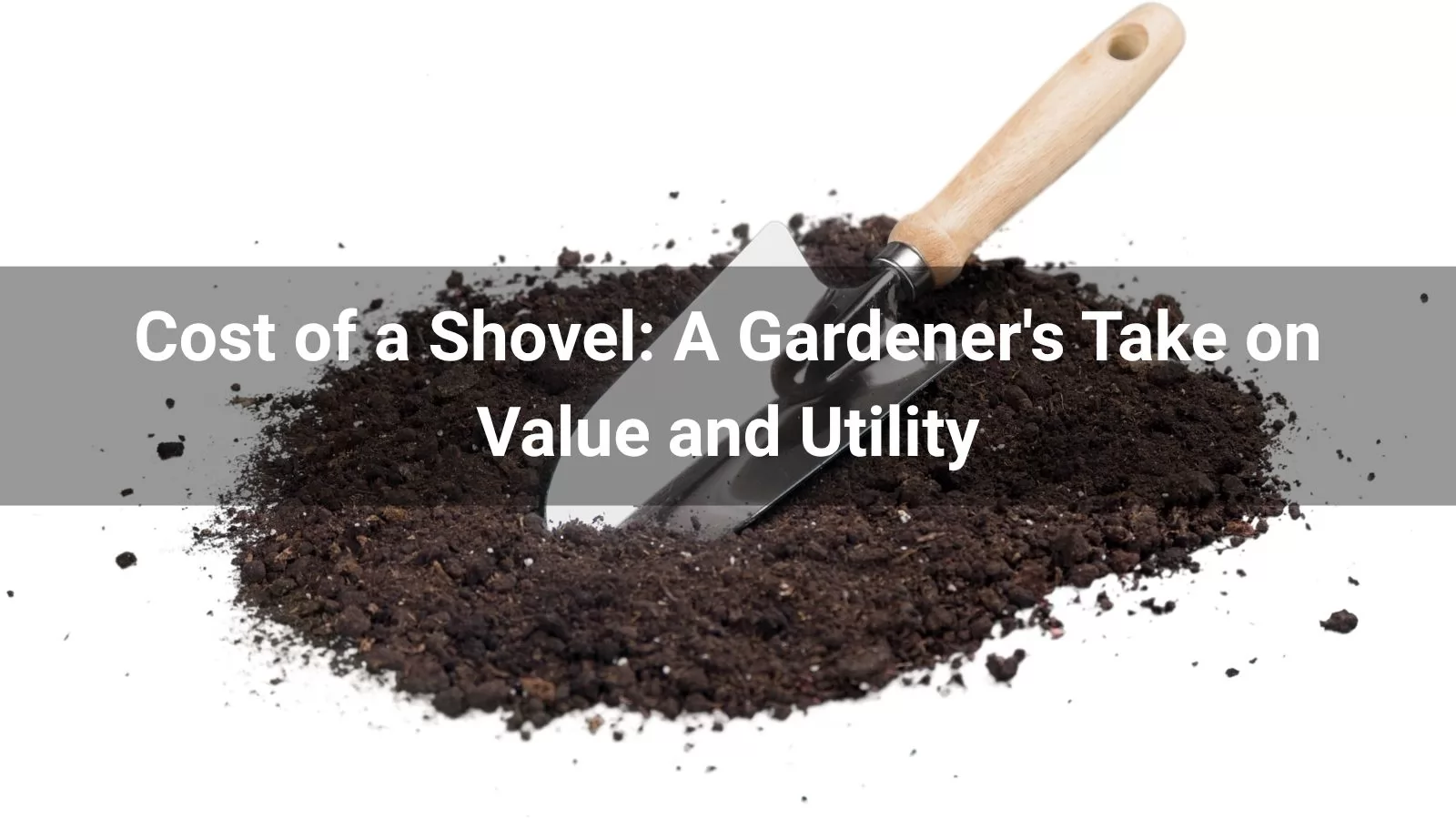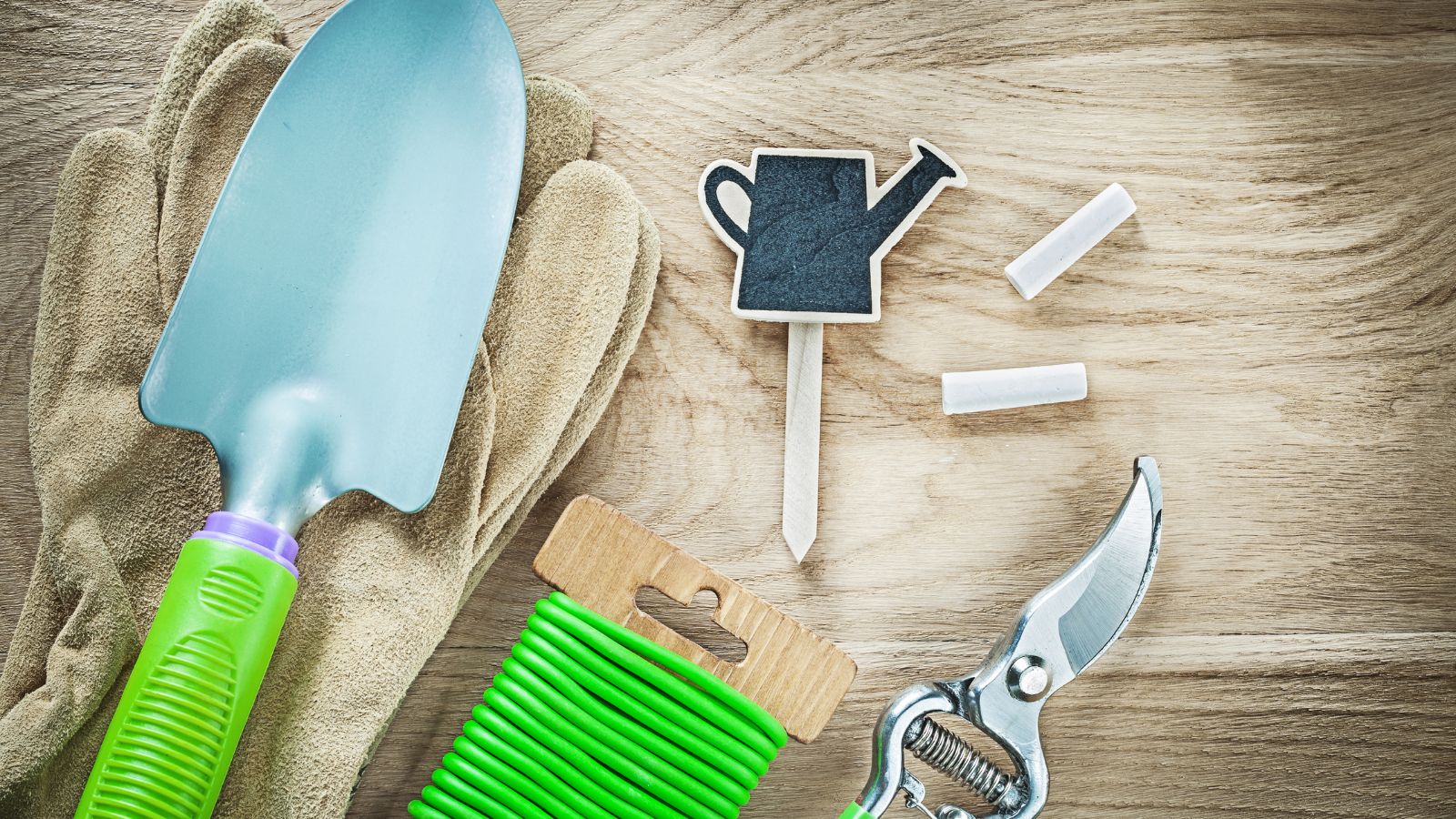
As someone who spends most weekends digging in the garden or tackling small backyard projects, I’ve come to appreciate the humble shovel. It’s one of those tools you don’t think much about until you need one, and then it becomes your best friend. But when I set out to buy a new shovel recently, I was surprised by the range of prices and options out there. The cost of a shovel isn’t just about the price tag—it’s about the materials, design, and what you’re actually getting for your money. Let me walk you through my journey of figuring out what a shovel really costs and why it matters.
When I started shopping, I quickly realized that not all shovels are created equal. Prices can range from as low as $5 for a basic plastic model to over $50 for a heavy-duty, professional-grade one. Here’s what I learned about what drives the cost:
Materials Matter: The shovel’s head and handle are the biggest factors. Steel-headed shovels, built for tough jobs like breaking up hard soil, usually cost between $10 and $30. They’re durable but heavy. Aluminum shovels, great for lighter tasks like scooping snow, run about $8 to $20 and are easier to carry. Plastic shovels, often used for kids or light garden work, are the cheapest, sometimes under $5. Then there’s the handle—wooden ones are affordable ($5-$10) but can splinter or rot; fiberglass handles, which are sturdier, add $10-$20 to the price; and metal handles, the priciest, can push the total cost up significantly.
Design and Features: I noticed that shovels come in all shapes and sizes, each tailored to specific tasks. A pointed spade for digging might cost $15-$25, while a flat-edged shovel for moving loose dirt or gravel is often cheaper, around $10-$20. Then there are specialty shovels, like foldable ones for camping, which can set you back $30-$50 because of their portability. Ergonomic designs with curved handles or cushioned grips also bump up the price, sometimes by $5-$15, but they’re a lifesaver for your back.
Brand and Quality: Big names like Fiskars or Ames caught my eye because they promise durability. A Fiskars shovel might cost $25-$40, while a no-name brand from the hardware store could be half that. I learned the hard way that cheaper isn’t always better—my $10 shovel snapped after one season of heavy use. Investing in a trusted brand often means fewer replacements down the line.
Where and When You Buy: I noticed prices fluctuate depending on the season. Snow shovels, for example, can jump 10-20% in winter when demand spikes. Shopping online also helped me find deals—retailers like Amazon or Home Depot often have sales that bring a $30 shovel down to $20.
As I dug deeper (pun intended), I realized the cost of a shovel isn’t just about what I pay upfront. There’s an economic and practical side to it. A good shovel saves time and effort. For instance, when I used a sturdy steel shovel to turn my garden beds, I got the job done faster than with a flimsy one, which meant less time aching and more time enjoying my yard. Over time, a $30 shovel that lasts five years is cheaper than a $10 one that breaks every season.
There’s also a cultural angle I hadn’t considered. In my community, a shovel is more than a tool—it’s a symbol of hard work. Whether it’s planting a new tree or helping a neighbor clear snow, the right shovel makes you feel capable. I even read about ceremonial shovels used in groundbreaking events, some costing hundreds because they’re polished or engraved. That’s not my style, but it shows how shovels carry meaning beyond their price.
After trying a few shovels and comparing prices, here’s what I’d suggest to anyone in the market:
Know Your Needs: If you’re just scooping mulch, a basic $15 shovel will do. For heavy digging, spend a bit more on a steel or fiberglass model.
Set a Budget: I found that $20-$30 is a sweet spot for a reliable, all-purpose shovel. Anything cheaper might not last.
Check Reviews: Online reviews helped me avoid duds. Look for feedback on durability and comfort.
Think Long-Term: A pricier shovel with a fiberglass handle might cost more now but save you from buying replacements later.
As I was researching, I stumbled across some interesting trends. Some companies are making “smart” shovels with sensors to measure soil conditions, though those can cost upwards of $100. There’s also a push for sustainable materials, like recycled plastic or eco-friendly coatings, which might raise prices slightly but appeal to environmentally conscious buyers like me. Online shopping has made it easier to compare costs, and I’m betting we’ll see more competition driving prices down in the future.
Buying a shovel taught me that cost isn’t just about dollars—it’s about value. A good shovel is an investment in your projects, your time, and even your pride in a job well done. Whether you’re spending $10 or $50, pick one that fits your needs and feels right in your hands. For me, my $25 Fiskars spade has been worth every penny, turning my backyard into a little oasis without breaking my budget—or my back.











We use cookies to make the website work, to provide advanced features, social media and traffic analysis, and we use analytics and third-party advertising cookies. If you choose to click "Deny All", you will retain the default setting of not allowing the use of cookies or other tracking tools other than technical tools.



